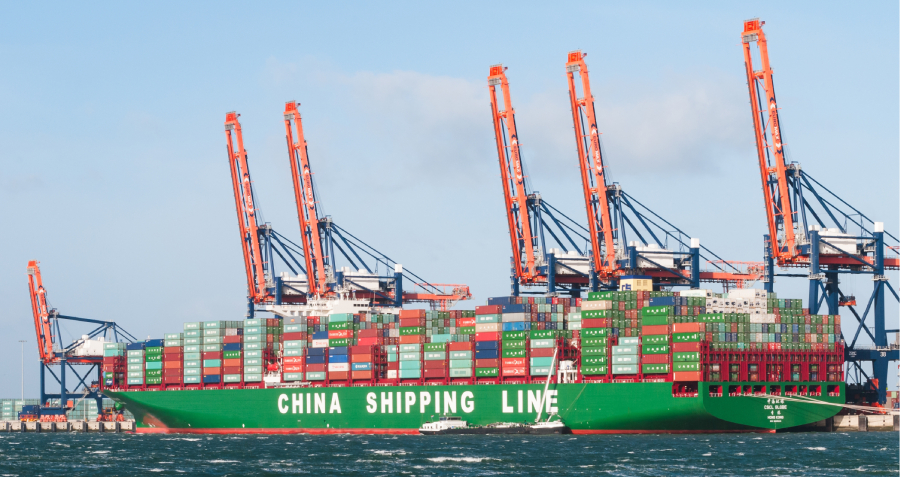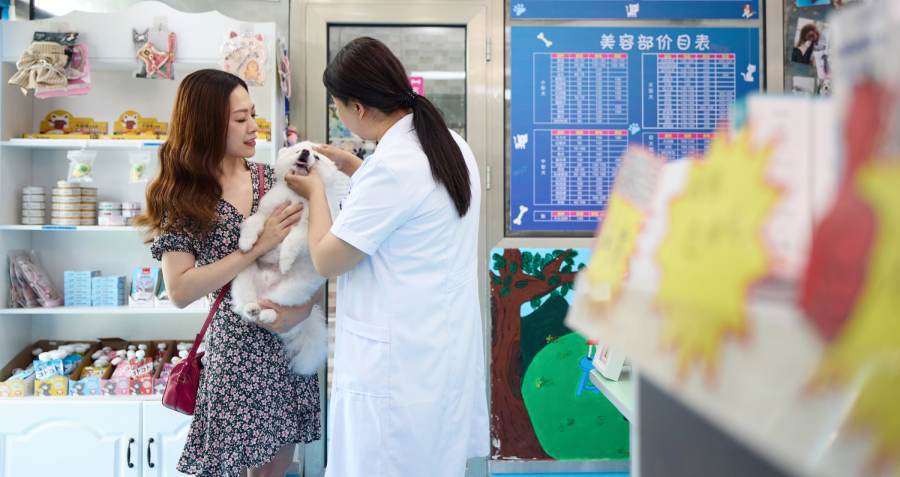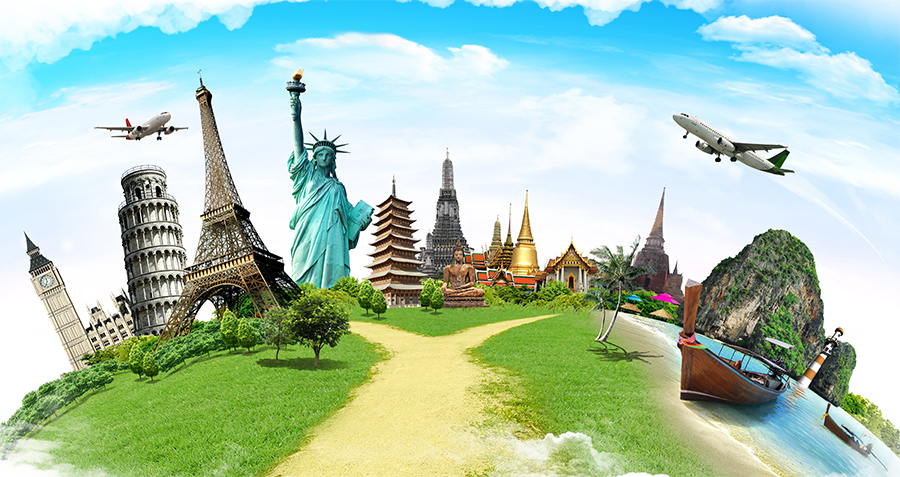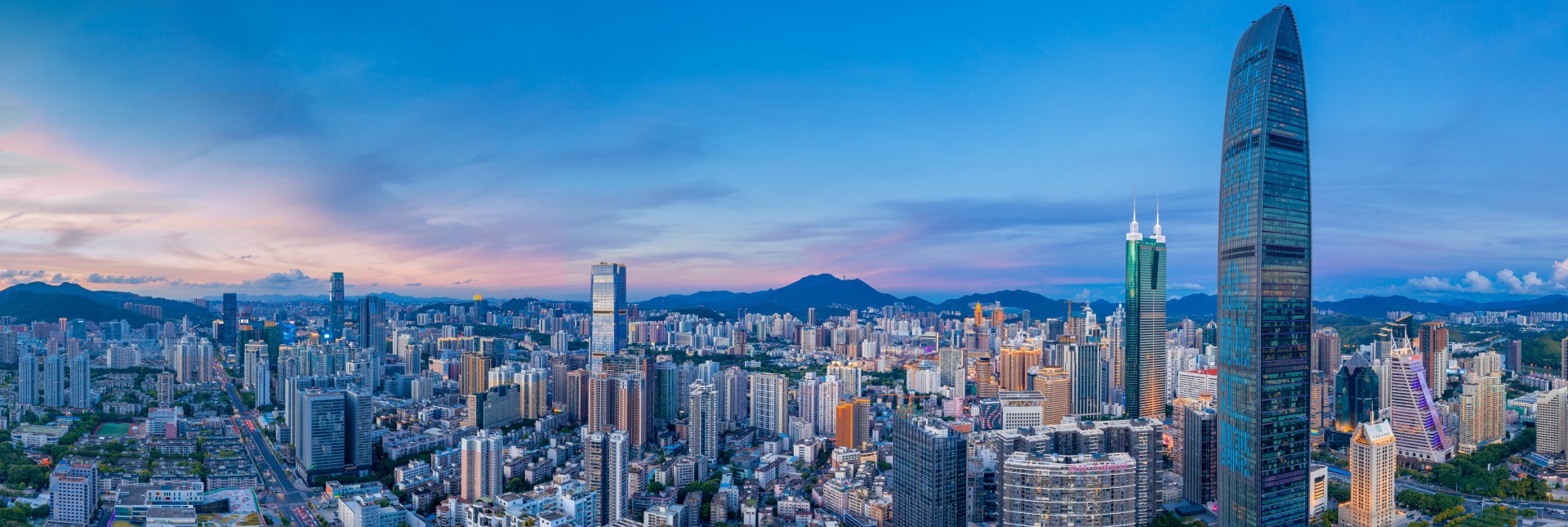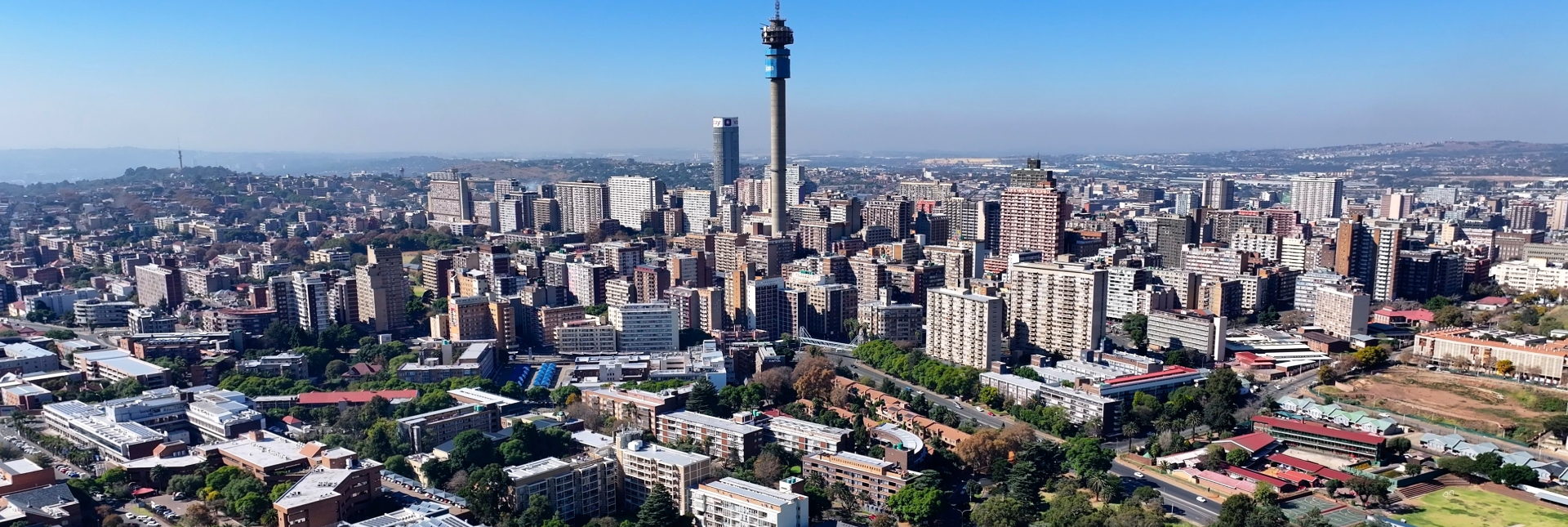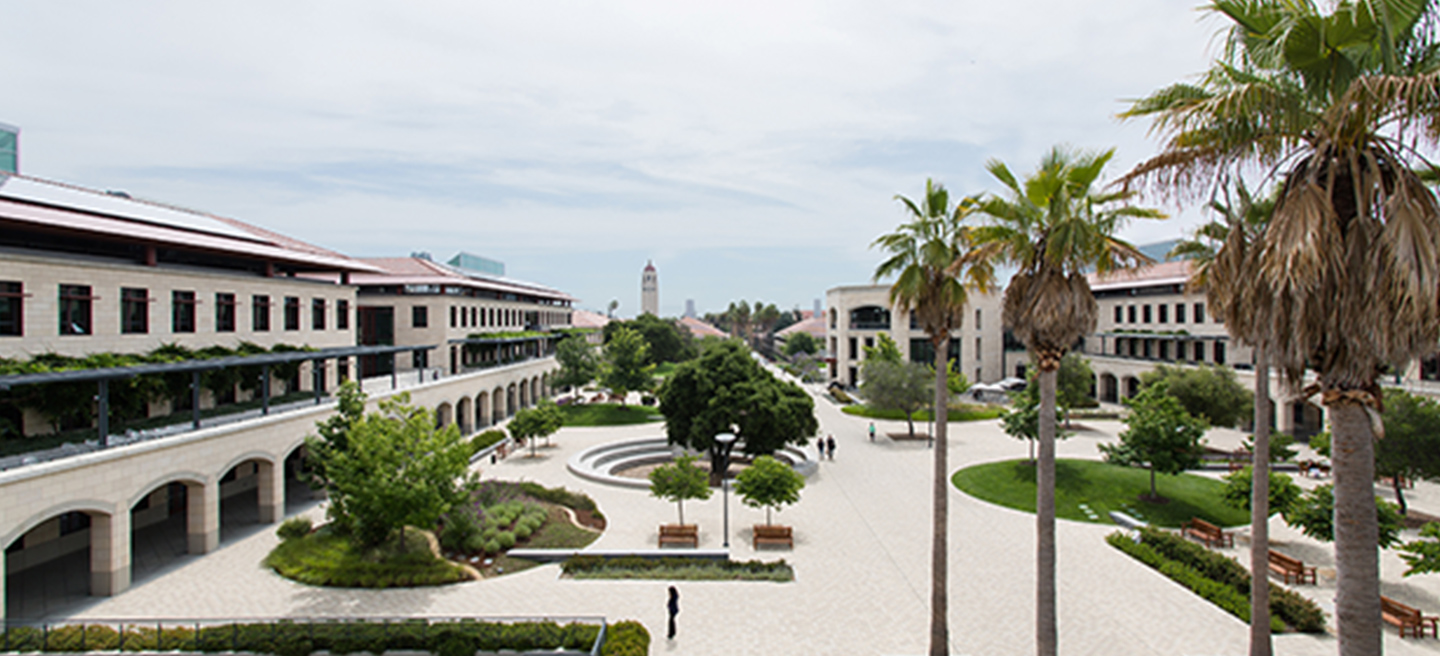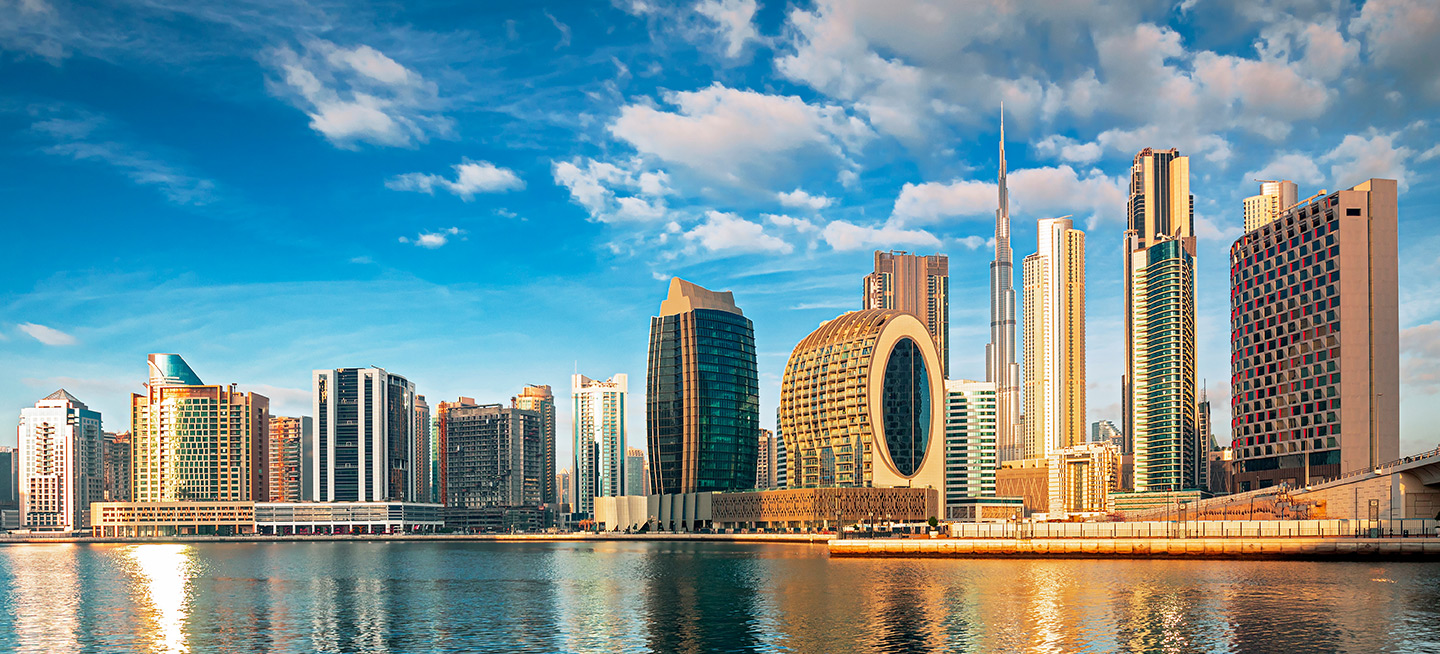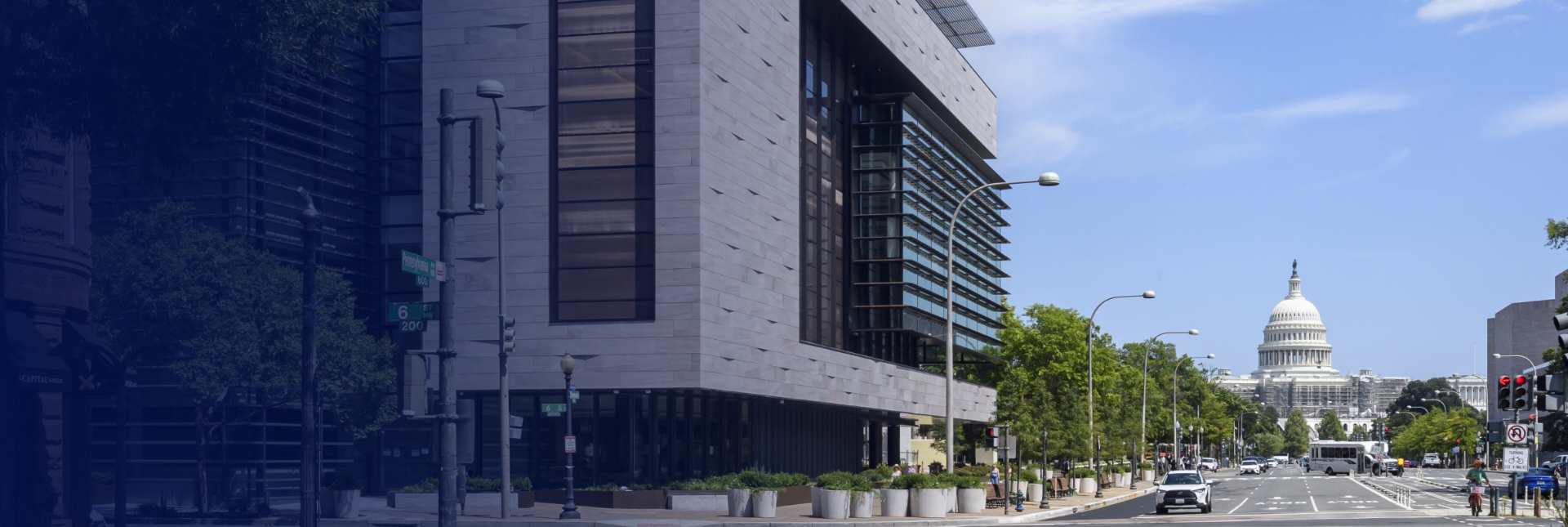During Chinese New Year, hordes of travelers rush to tourist attractions. What casues this annual influx and how can overcrowding be avoided?
I spent part of the recent Chinese Spring Festival (Chinese New Year Holiday) working with a co-author at Xiamen University. Xiamen is a picturesque coastal town and the university itself draws many tourists wishing to walk among the beautiful lakes, palm trees, and buildings of the campus. Unfortunately, not everyone wanting to see the campus over the holiday was able to do so. To avoid overcrowding, the university only allowed a certain number of tourists onto the campus each day on a first-come, first-serve basis.
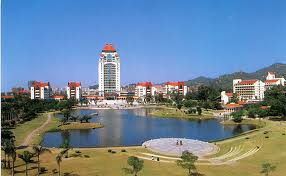
Overwhelming crowds during the holiday was not unique to Xiamen University – they were spotted from Beijing in the North to Sanya in the South. Reports of overcrowding appear like clockwork every year during the two big Chinese holidays–the Spring Festival and the Mid-Autumn Festival–from no place to stand on the Great Wall to the volume of trash left behind in the Forbidden City.
Why are these major tourist sites so crowded? Part of the answer is China’s huge population. But this is exacerbated by the fact that most everyone in China goes on vacation at the same times every year. As in the US, the government in China specifies the official holidays each year. However, while US workers also enjoy discretionary vacation days almost all workers in China only get to take vacations during official holidays. Other vacation days are usually unpaid. Further compounding the problem is that only two of these holiday periods–the Spring Festival and the Mid-Autumn Festival–are long enough to allow people to travel out of town to major tourist sites.
Is this necessarily bad? After all, as long as workers get to take vacations does it matter when they take them? While there is an advantage to everyone taking a vacation at the same time the cost of this is enormous. The advantage is that the holidays can be spent together with extended family and friends all of whom will vacation at the same time. However, this is very costly. As any factory manager knows, costs increase as the factory nears full capacity. Workers get in each other’s way, machines depreciate faster as they are pushed beyond their normal limits, and workers must be paid overtime. Economists call this the idea of “convex costs”–costs are convex in the amount produced in a given time period. A convex function increases and increases at a faster rate the further along you go like the right-hand side of a bowl’s cross-section:
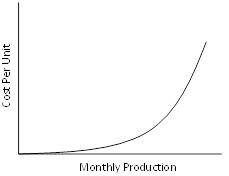
When a factory is near capacity, you are right up at the rim of the bowl. This is exactly what happens in China during the two major holidays–just replace the x-axis with “number of vacationers” and the y-axis with “cost per traveler”. The transportation infrastructure is filled to capacity. Every possible train, bus and plane is operated regardless of its efficiency and congestion slows things down. More transportation workers are needed and often must be paid extra for working on the holiday. Travelers usually wait in long lines for tickets and sometimes are unsuccessful in obtaining them.
A similar effect occurs at tourist sites. People stand in long lines waiting to enter a site. Some won’t get the opportunity to see the site–like those rationed out of seeing Xiamen University–while those lucky enough to get in face uncomfortable crowds. Wear-and-tear on these national treasures also increases as more people crowd in: people are more likely to walk outside designated areas, bump into things, and damage them.
What should be done? Allowing workers more discretion over their vacation time would more evenly spread the number of vacationers across the year just as a factory manager smooths production across months. This brings costs down from the rim of the bowl to a lower level as transportation systems and tourist sites are less overloaded.
This does not mean the government should say nothing about vacation time. The government can mandate a minimum number of days that each worker can allocate as they choose in conjunction with their employer. Some portion of these can be pre-specified holidays that all workers take while the balance is freely chosen. The government also does not necessarily need to increase the total number of annual vacation days–it can simply reallocate some of the existing pre-specified holidays as freely-chosen days. This would allow travelers, and tourist sites, a rest.










